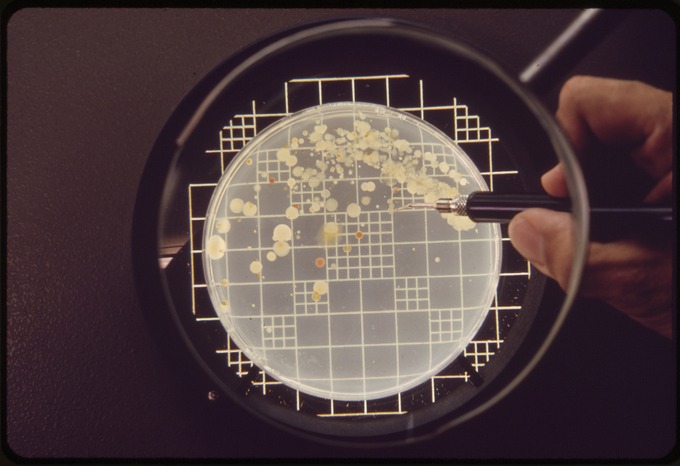
Stretched and not stretched in response to tension. Transitional epithelium Function: Stretches readily and permits distension of urinary organ by contained urine. (f) Transitional epithelium Description: Resembles both stratified squamous and stratified cuboidal basal cells cuboidal or columnar surface cells dome shaped or squamouslike, depending on degree of organ stretch. Lining of the ovarian follicles and seminiferous tubules which are part of the male and female reproductive systems Lines the larger ducts of the mammary glands, sweat glans, salivary glands, and pancreas. Found in the male urethra and vas deferens, and in parts of the pharynxġ1 Consist of two or three layers of cuboidal cells that form the lining of the lumen. Connective tissue Photomicrograph: Stratified squamous epithelium lining the esophagus (285x).ġ0 several layers of elongated cells. When not on the skin, the cells DO NOT produce keratin and remain smooth and soft. The keratin creates a dry tough protective material that prevents water and other material from entering.
LUMEN BIOLOGY SKIN
As skin cells age they accumulate the protein keratin and then harden and die. They form the outer layer of the skin called the epidermis. Locations: Skin, Oral Cavities, Esophagus, Vagina, Anal Cavity. The cells divide in the deeper layers and newer cells push older ones further outward where they become flattened. Many layers piled on top of each other to make the tissue relatively thick. Its structure makes it an excellent protective layer. Basement membrane Stratified squamous epithelium is a type of tissue that makes up skin layers and lines some body cavities and organs. Nuclei Location: Nonkeratinized type forms the moist linings of the esophagus, mouth, and vagina keratinized variety forms the epidermis of the skin, a dry membrane. Stratified squamous epithelium Function: Protects underlying tissues in areas subjected to abrasion.
LUMEN BIOLOGY FULL
(e) Stratified squamous epithelium Description: Thick membrane composed of several cell layers basal cells are cuboidal or columnar and metabolically active surface cells are flattened (squamous) in the keratinized type, the surface cells are full of keratin and dead basal cells are active in mitosis and produce the cells of the more superficial layers. Stratified columnar epithelial tissue (male reproductive tract) 8 Transitional epithelial tissue (bladder) a. Stratified cuboidal epithelial tissue (salivary glands, sweat glands) 7.

Stratified squamous epithelial tissue (mouth lining) 6. Pseudostratified (ciliated) columnar epithelial tissue (trachea lining) 5. Simple columnar epithelial tissue (small intestine) 4. Simple cuboidal epithelial tissue (kidneys) 3. Simple squamous epithelial tissue (lungs) 2. The difference between cilia and microvilli is that microvilli help in absorption whereas cilia help in rhythmic movement (sweeping).Ĥ Unit 2: Tissues Tissue: a group of cell types working together for the same purposeĥ Unit 2: Tissues Tissue: a group of cell types working together for the same purpose 4 Types of tissuesĦ Unit 2: Tissues Tissue: a group of cell types working together for the same purpose 4 Types of tissues Epithelial Connective Muscle NervousĨ The following types of epithelial tissues are covered in this activity:ġ. Microvilli are found in the small intestine, and increase the surface area for nutrient absorption. They wave rhythmically to move dirt and mucus out. Presentation on theme: "In biology, a lumen (from Latin lumen, meaning 'an opening' plural lumina) is the inside space of a tubular structure, such as an artery or intestine."- Presentation transcript:ġ In biology, a lumen (from Latin lumen, meaning 'an opening' plural lumina) is the inside space of a tubular structure, such as an artery or intestine.Ģ Cilia are found on ciliated epithelial cells, like in the lungsĬilia are found on ciliated epithelial cells, like in the lungs.


 0 kommentar(er)
0 kommentar(er)
